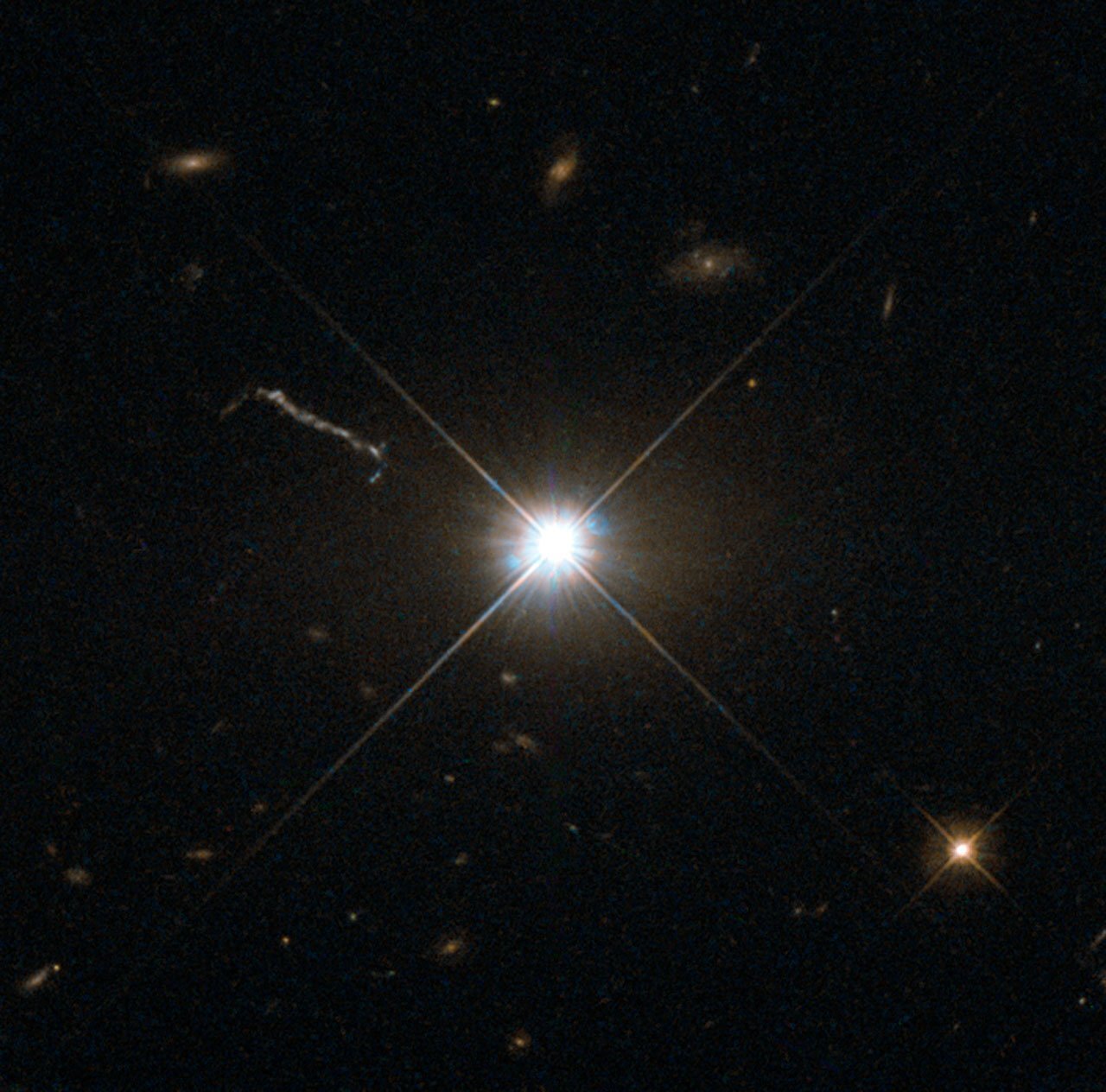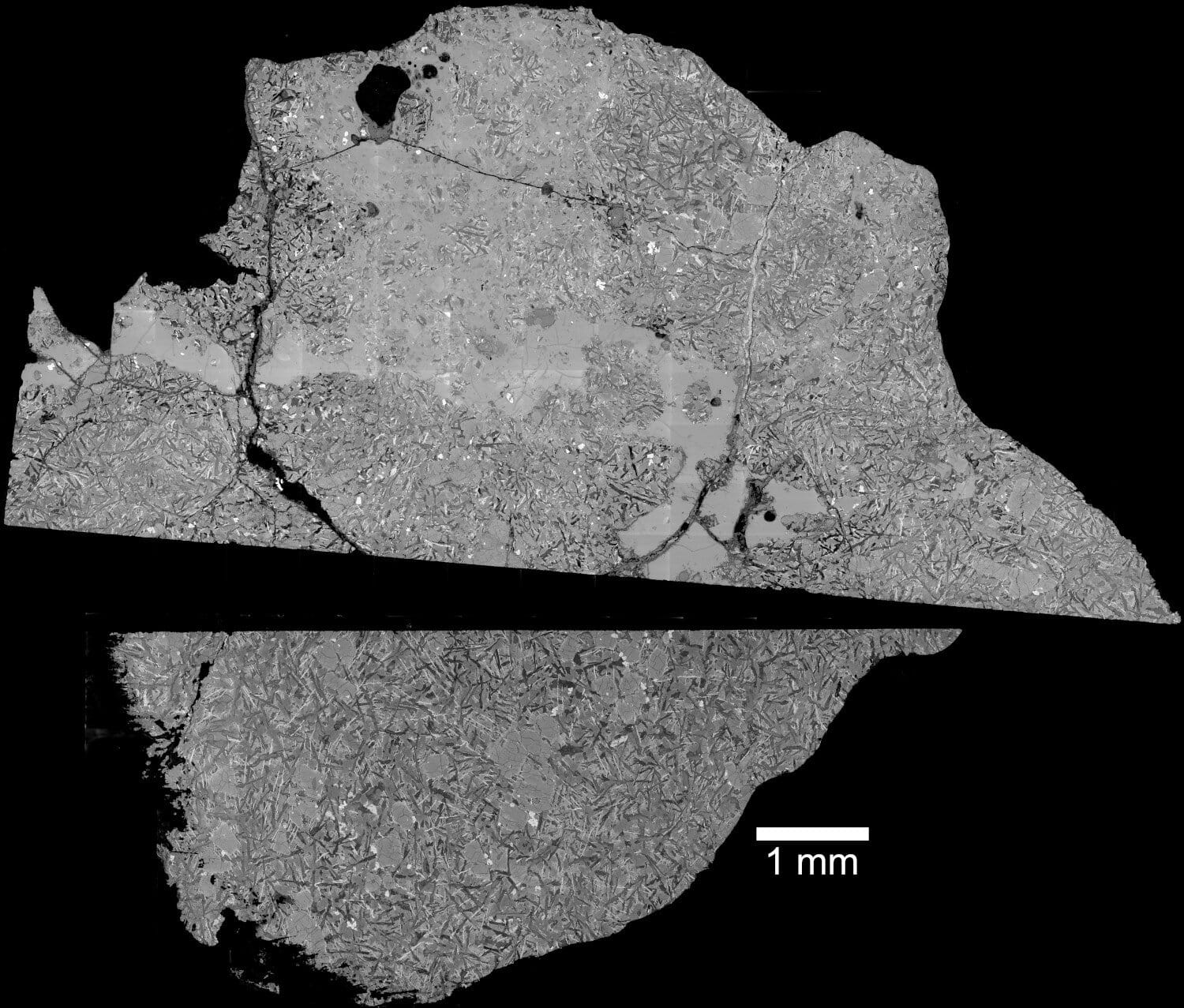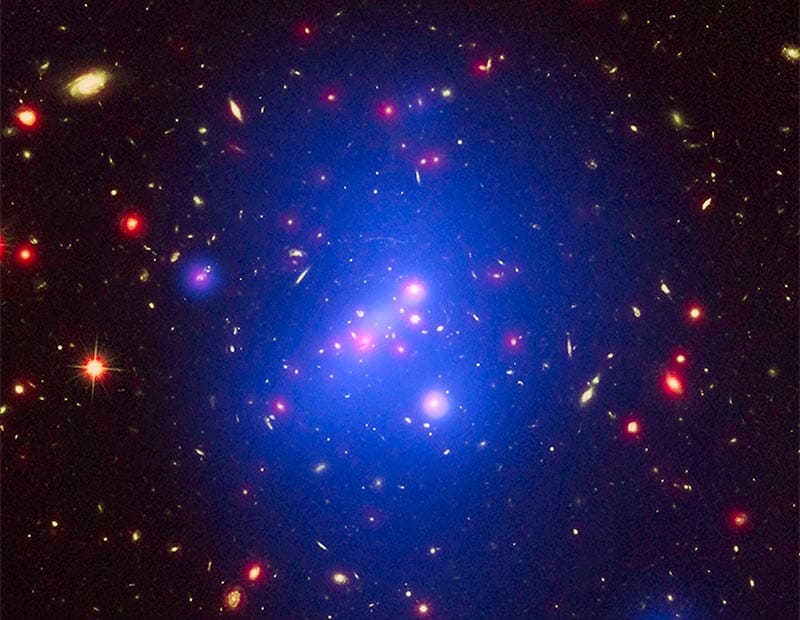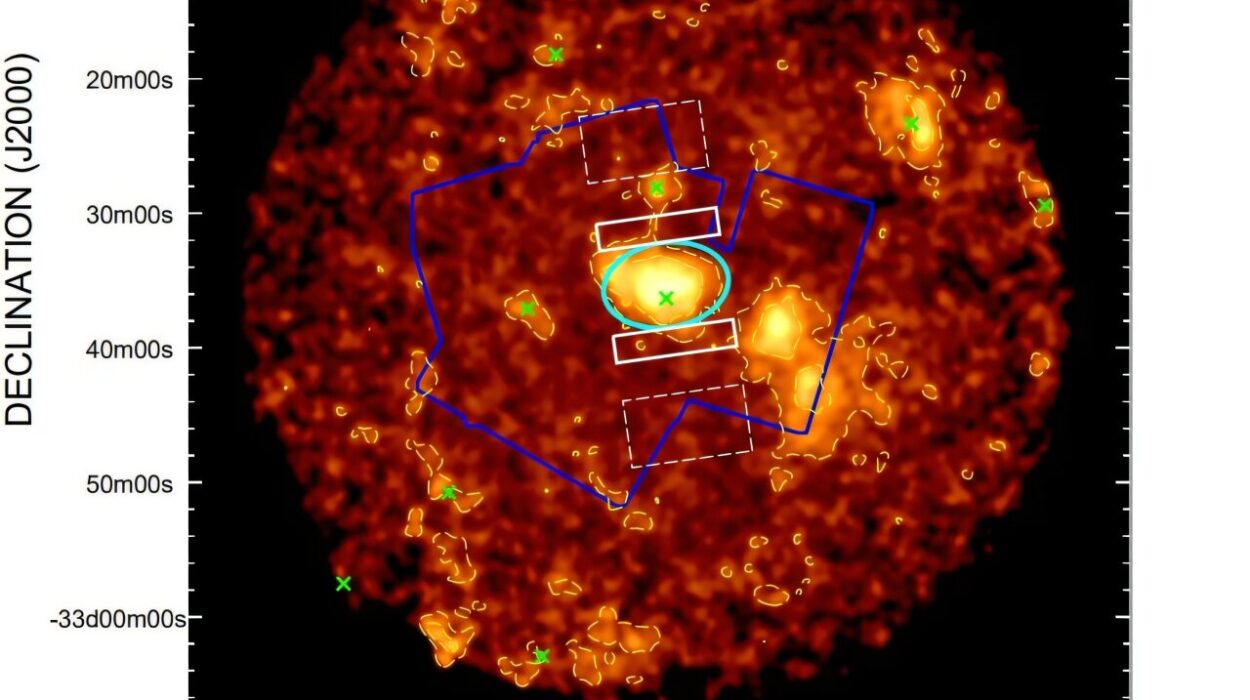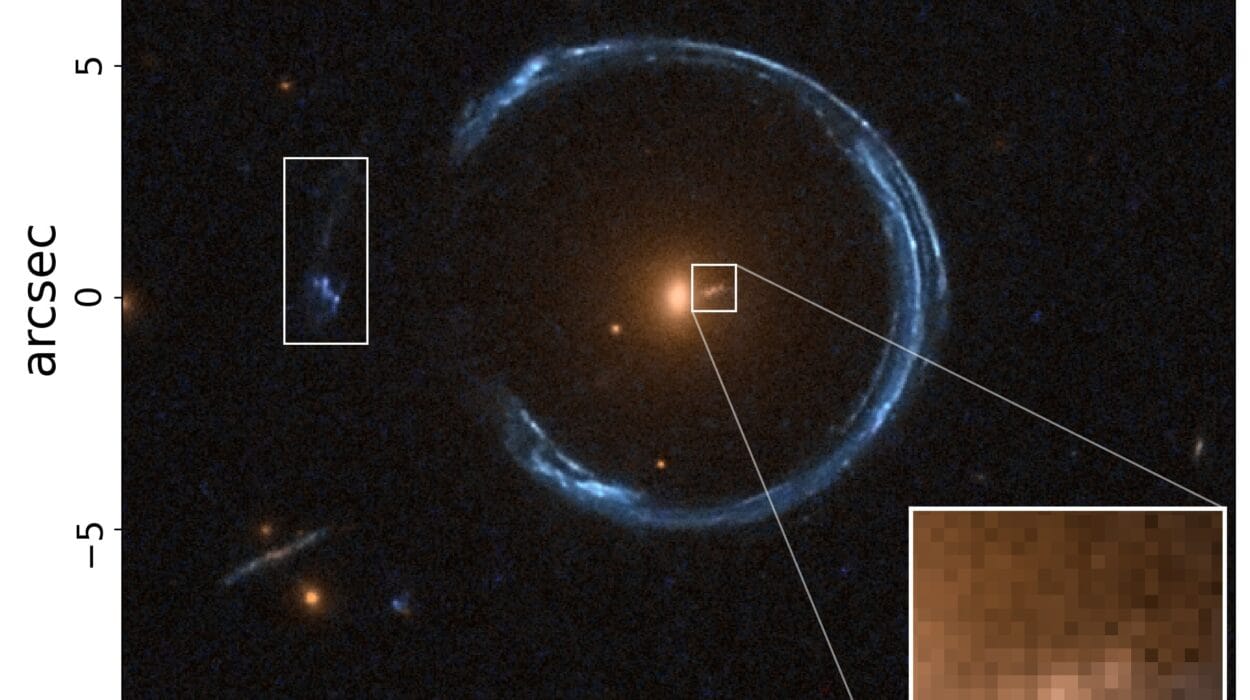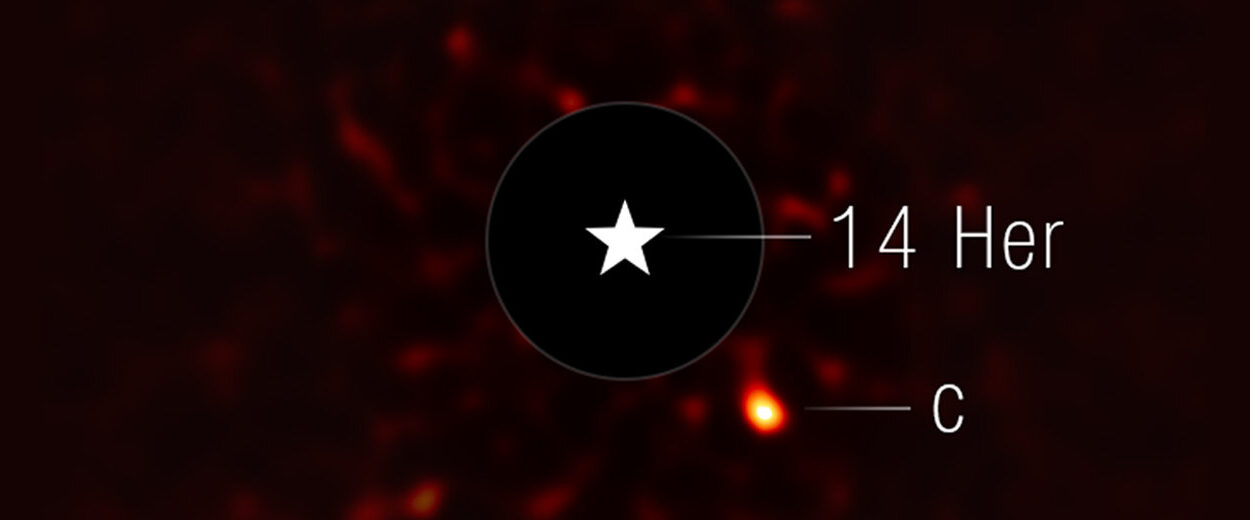In the unfathomable depths of the cosmos, far beyond the reach of ordinary telescopes and the boundaries of familiar time, lie some of the most mysterious and powerful objects ever discovered: quasars. These celestial titans are not stars, nor galaxies in the conventional sense, but rather incandescent signals from the youth of the universe—brilliant lighthouses powered by voracious supermassive black holes. What makes quasars so fascinating is not just their brightness—capable of outshining entire galaxies—but the story they whisper about the dawn of cosmic time. They are not merely astronomical curiosities; they are windows into the deepest puzzles of existence.
The Engines Behind the Glow: Feeding the Supermassive Beasts
At the heart of every quasar lies a black hole of astonishing proportions—supermassive black holes (SMBHs) with masses ranging from millions to tens of billions of solar masses. These gravitational monsters reside in galactic centers, where they pull in nearby gas, dust, and stellar debris. As this material spirals inward, it forms an accretion disk that heats up through friction and compression, glowing across the entire electromagnetic spectrum—from radio waves to X-rays.
The accretion disk is a realm of extreme physics. Temperatures soar to millions of degrees, particles accelerate to relativistic speeds, and light emitted from this tumultuous process creates a quasar’s signature brilliance. Before the matter disappears forever beyond the black hole’s event horizon, it emits colossal energy—sometimes more than the combined light of a trillion stars in a galaxy. All this luminosity emanates from a region that, despite its massive energy output, may be no larger than our solar system.
Ancient Light: Seeing Quasars from the Early Universe
What truly boggles the minds of astrophysicists isn’t just the staggering brightness of quasars, but the sheer audacity of their age. Many of the most luminous quasars we observe lie at extreme redshifts—z ≳ 6—meaning their light has traveled more than 12.8 billion years to reach us. We see them as they were when the universe was less than a billion years old, a cosmic toddler barely beginning to form complex structures. And yet, somehow, these youthful quasars already hosted SMBHs with masses upwards of a billion suns.
This discovery immediately raises one of the thorniest questions in astrophysics: how did these black holes grow so massive, so fast? According to the conventional models, black holes grow through accretion—gradually pulling in material and converting some of its mass into energy. But this growth process is constrained by the so-called Eddington limit.
The Eddington Limit and the Accretion Dilemma
Named after British astrophysicist Sir Arthur Eddington, the Eddington limit represents the point at which the radiation pressure pushing outward from the infalling material balances the gravitational force pulling it inward. In simpler terms, it’s the fastest rate at which a black hole can eat without blowing away its own food supply. At this limit, black holes can grow steadily—but not quickly.
Given this natural ceiling on accretion, and assuming black holes start from stellar-mass seeds (a few times the mass of our Sun), it should take hundreds of millions of years—if not longer—for a black hole to reach a billion solar masses. But if billion-solar-mass SMBHs already existed just 700 million years after the Big Bang, as the observations suggest, something must be fundamentally wrong—or at least incomplete—in our models.
Tiny Time Windows: The Mystery of Proximity Zones
Recent studies have deepened the mystery. A particularly striking development comes from the analysis of quasar proximity zones—the regions around quasars where their ultraviolet radiation has ionized the intergalactic medium, allowing light to pass through more easily. These glowing halos act like flashlights in the early universe’s fog of hydrogen gas.
Surprisingly, researchers have found that many distant quasars have tiny proximity zones. These measurements imply that the quasars have been active for extremely short periods—sometimes less than a million years, and in a few extreme cases, as brief as 1,000 years. That’s cosmologically instantaneous. If these quasars are indeed newly “lit,” how could their black holes have already grown so massive?
A New Approach: The MUSE Observations and Early Quasar Lifespans
This very question was tackled by a team of astronomers led by Dominika Ďurovčíková from the MIT Kavli Institute for Astrophysics and Space Research. Using the Multi-Unit Spectroscopic Explorer (MUSE) on the European Southern Observatory’s Very Large Telescope (VLT) in Chile, her team set out to investigate the youngest and most mysterious quasars yet discovered—those at redshift z ~ 6, each with remarkably small proximity zones.
Their goal? To determine whether these quasars were truly in the earliest stages of their active lives, or whether some other mechanism—such as viewing angle or interstellar dust—was obscuring our view and creating the illusion of short lifespans.
MUSE’s powerful spectroscopic capabilities allowed the researchers to search for Lyman-alpha nebulae—vast glowing clouds of hydrogen gas that would indicate long-term radiation exposure. If a quasar had been active for a long time, this gas would be lit up like a lantern. If not, the absence of such nebulae would imply a genuinely young system.
What they found was nothing short of revolutionary.
The Cosmic Engines Just Woke Up
Their observations, posted to the arXiv preprint server, provided compelling evidence that many of these quasars really are newly ignited engines of accretion. Several lacked the extended Lyman-alpha nebulae expected from long-term activity, supporting the conclusion that their proximity zones were not mere illusions but true indicators of recent quasar ignition.
This implies that we are catching these SMBHs in the very earliest moments of their active growth—within mere thousands of years of turning on. That’s like watching a newborn star flare into existence or catching a supernova the instant it explodes. It is incredibly rare and offers unprecedented insight into the physics of black hole formation and galactic evolution.
But it also deepens the paradox. How did these monstrous black holes get so big before they even turned into quasars?
Toward New Models: Super-Eddington and Beyond
To account for this rapid early growth, astrophysicists are now exploring models that go beyond the traditional Eddington-limited framework. One possibility is super-Eddington accretion, where material falls into a black hole at rates that temporarily exceed the Eddington limit. Under the right conditions, powerful inflows of gas could overwhelm radiation pressure, allowing the black hole to gorge itself at an accelerated pace.
Another possibility is that these black holes didn’t start small. Instead of forming from stellar remnants (as most models assume), they may have originated as direct-collapse black holes—massive primordial seeds formed from collapsing clouds of pristine gas in the early universe, possibly weighing tens of thousands of solar masses right from birth.
Additionally, black hole mergers—the cosmic collisions of smaller black holes into larger ones—could rapidly increase mass. Although the frequency and timing of such events in the early universe is still a topic of active research, they remain a viable route to fast growth.
A more exotic theory suggests that relativistic jets, which blast material outward from some quasars, may also play a role in feeding SMBHs. These jets could regulate or even enhance accretion flows, helping matter fall inward more efficiently in some conditions.
Implications for Cosmology and Galactic Evolution
The discovery of young quasars with enormous black holes is more than an isolated curiosity. It forces cosmologists to revise models of early galaxy formation, feedback mechanisms, and structure formation in the universe. If quasars ignite suddenly and reach high luminosities quickly, they may have played a more central role in the reionization era—the period when ultraviolet radiation from the first stars and galaxies ionized the intergalactic medium and made the universe transparent to light.
Moreover, the extreme efficiency of early SMBH growth has profound implications for the formation of galaxies themselves. The connection between black holes and their host galaxies—long observed but poorly understood—may be far more intricate than previously thought. If black holes can rapidly establish dominance in galactic centers, they may sculpt the dynamics and chemistry of galaxies from their earliest moments.
The Road Ahead: Peering Deeper into the Past
Future observatories like the James Webb Space Telescope (JWST) and the Extremely Large Telescope (ELT) will sharpen our view of the early universe. These instruments will be capable of probing deeper, detecting fainter quasars, and resolving finer structures in young galaxies. As more young quasars are discovered and analyzed, we’ll move closer to understanding how cosmic giants form, feed, and shape the universe.
But for now, these freshly lit quasars—burning across billions of light-years—remain beacons of wonder and cosmic complexity. They challenge our theories, stretch the limits of our understanding, and remind us that even the most luminous lights often emerge from the deepest mysteries.
Conclusion: The Brightest Mysteries in the Universe
Quasars are not just astrophysical marvels; they are cosmic paradoxes. Their blazing brightness is a testament to the ferocious energy unleashed by gravity, yet their origins and lifespans provoke more questions than answers. The discovery of enormous black holes in the infancy of the cosmos reveals a universe more dynamic, more chaotic, and more brilliant than we imagined.
They urge us to think differently about time, mass, and creation. And in doing so, they rekindle the very spirit of scientific exploration that pushes us to look farther, dig deeper, and dream bigger. As our instruments evolve and our knowledge expands, quasars will continue to guide us—silent sentinels of the ancient universe, forever pointing toward the heart of the unknown.
Reference: Dominika Ďurovčíková et al, Quasar lifetime measurements from extended Lyα nebulae at z∼6, arXiv (2025). DOI: 10.48550/arxiv.2505.00080
